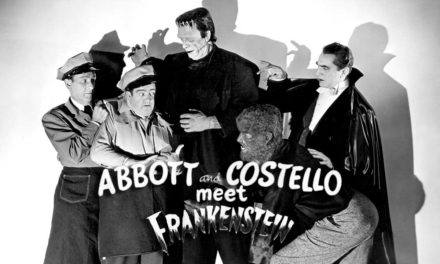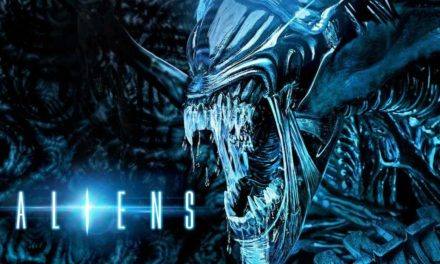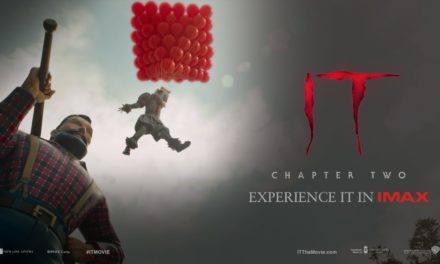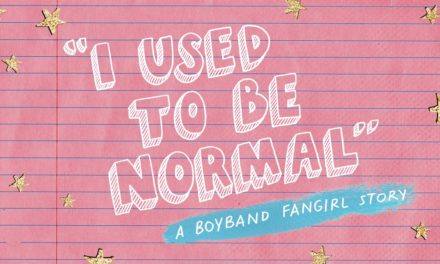1973’s Godzilla vs. Megalon was an all-time low for the series, selling less than one million tickets in Japan. Despite the declining popularity, producer Tomoyuki Tanaka still saw some potential in keeping the series going. While staying in Okinawa, Tanaka felt that the Pacific island would make for an excellent setting for a Godzilla movie. With the growing popularity of giant robots in Japanese media, Toho decided to pit Godzilla against a robotic enemy. Series regular Jun Fukuda returned to direct, and the cast featured returning actors Akihiko Hirata, Hiroshi Koizumi, and Kenji Sahara. While the previous films appealed more to kids, Toho made this entry with nostalgic audiences in mind. In March 1974, Godzilla vs. Mechagodzilla roared onto Japanese screens, followed by a US release in 1977. In America, the film was released as Godzilla vs. the Bionic Monster and Godzilla vs. the Cosmic Monster.
%
Rating
Synopsis
On Okinawa, Princess Nami (Beru-Bera Lin) has a prophecy that a giant monster will destroy the city. Meanwhile, Masahiko Shimizu (Kazuya Aoyama) discovers a new type of metal and has Professor Hideto Miyajima (Akihiko Hirata) examine it. Elsewhere, Godzilla emerges from Mt. Fuji, goes on a rampage, and fights Anguirus, who chips away Godzilla’s skin, revealing metal. Later, the real Godzilla shows up, revealing the imposter as Mechagodzilla, a giant robot duplicate with advanced weaponry. Miyajima determines that Mechagodzilla is made of the same strange metal, which turns out to be “space titanium.” Our heroes are confronted by a group of ape-like aliens led by Kuronuma (Gorō Mutsumi), who controls Mechagodzilla. To aid in the fight, Nami summons the guardian monster, King Caesar, to team up with Godzilla. As the monsters battle, our heroes must stop the aliens from using their advanced technology to rule the world!
Review
After several underwhelming entries in the Showa Era, Godzilla vs. Mechagodzilla is a godsend and a refreshing change of pace. Sure, the film has that campy Saturday matinee feel like the earlier ones, but it’s done much better here. This film doesn’t use any stock footage from previous movies to compensate for the lack of budget. Also, there’s no annoying child character added in an attempt to further appeal to kids, which is a big plus. Of Godzilla’s many adversaries, Mechagodzilla is one of the most memorable, with his array of missiles, rainbow lasers, and forcefield. Masaru Sato’s score perfectly complements Mechagodzilla, having a vibrant, jazzy feel that instantly sticks in your mind. His theme more than makes up for some of the other music cues, which sound ill-fittingly lighthearted and whimsical. Plus, there’s the song Nami sings to awaken King Caesar, which goes on for what feels like forever.
Speaking of King Caesar, he’s one of Toho’s most unique kaiju, having been inspired by Chinese legends. It’s a shame he didn’t return until Godzilla: Final Wars because his tag-team match with Godzilla against Mechagodzilla is entertaining. It’s a visual onslaught of lasers, explosions, WWE-style smackdowns, and other crazy stuff that makes the film worth watching. Regarding the human plot, it’s an odd mix of a sci-fi movie and a spy thriller with some mysticism. Unlike the human stories in other Godzilla films, this one is more engaging and works with the monster fights well. It’s also lovely to see several actors from previous kaiju films return for this one, and they’re all great. Yes, this movie is goofy and reuses elements from other films, but it’s still an entertaining thrill ride. Overall, Godzilla vs. Mechagodzilla ranks as one of the best films of the Showa era.
Buy Godzilla vs. Mechagodzilla from Amazon: https://amzn.to/3ncwFqO.
Disclosure: The above link is an affiliate link, which means that, at zero cost to you, I will earn a commission if you click through the link and finalize a purchase.




